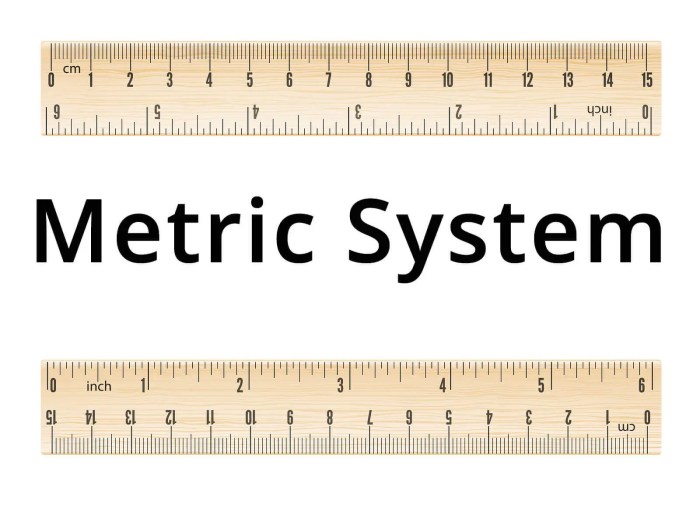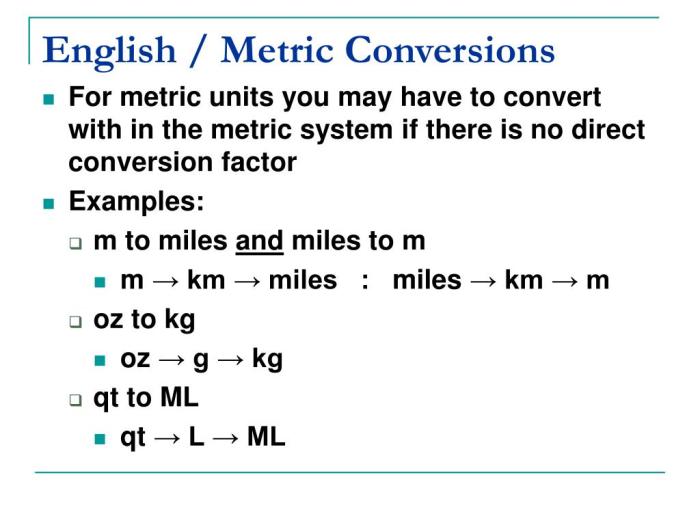What two systems are steel rules graduated in? This question delves into the fascinating world of measurement, where precision and accuracy are paramount. Steel rules, indispensable tools in various fields, are meticulously calibrated to facilitate precise measurements. This article embarks on an exploration of the two primary systems employed in steel rule graduations: the decimal and metric systems.
The decimal system, prevalent in countries like the United States and the United Kingdom, utilizes a base-10 structure. Measurements are expressed in units of ten, with each unit further divisible into tenths, hundredths, and so on. The metric system, on the other hand, is a base-10 system widely adopted in most countries worldwide.
It employs units such as meters, centimeters, and millimeters, providing a coherent and logical framework for measurements.
Decimal and Metric Systems

Measurement systems are essential for standardizing and quantifying physical quantities. Two widely used systems are the decimal system and the metric system.
The decimal system, based on the number 10, is a multiplicative system where each unit is 10 times larger or smaller than the next. It is used in many countries, including the United States and the United Kingdom.
The metric system, based on the number 10, is a decimal system where the units are related by powers of 10. It is the most widely used system of measurement in the world, adopted by most countries except the United States.
Comparison of Decimal and Metric Systems, What two systems are steel rules graduated in
| Decimal System | Metric System |
|---|---|
| Base unit: inch | Base unit: meter |
| Units are not related by powers of 10 | Units are related by powers of 10 |
| Used in the United States and the United Kingdom | Used in most countries except the United States |
Types of Steel Rules: What Two Systems Are Steel Rules Graduated In
Steel rules are precision measuring tools used in various industries for accurate linear measurements. There are several types of steel rules, each with unique characteristics and applications.
- Flexible Steel Rule:Made of flexible spring steel, it can be bent or curved without breaking, making it ideal for measuring curved surfaces.
- Rigid Steel Rule:Made of hardened and tempered steel, it is rigid and cannot be bent. It is used for precise measurements on flat surfaces.
- Hooked Steel Rule:Features a hook at one end, allowing it to be hung or attached to surfaces for convenient measuring.
- Carpenter’s Rule:A folding steel rule with multiple sections connected by hinges. It is commonly used in carpentry and construction.

Graduations on Steel Rules

Steel rules are graduated with various markings to indicate measurements. The graduations can be:
- Inch Graduations:Graduated in inches and fractions of an inch, used in the United States and other countries that follow the imperial system.
- Metric Graduations:Graduated in millimeters and centimeters, used in most countries around the world that follow the metric system.
- Dual Graduations:Graduated with both inch and metric markings, providing versatility for measurements in different systems.
| Graduation Type | Units | Common Uses |
|---|---|---|
| Inch Graduations | Inches, fractions of an inch | Construction, carpentry, woodworking |
| Metric Graduations | Millimeters, centimeters | Engineering, science, manufacturing |
| Dual Graduations | Inches, millimeters | Versatile use in various industries |
Accuracy of Steel Rules

The accuracy of steel rules is crucial for precise measurements. Factors affecting accuracy include:
- Manufacturing Tolerances:Variations in the manufacturing process can lead to slight deviations in the graduations.
- Temperature Changes:Steel expands and contracts with temperature changes, which can affect the accuracy of measurements.
- Wear and Tear:Continuous use and handling can cause wear and tear on the graduations, reducing accuracy.
To ensure accuracy, it is important to:
- Use high-quality steel rules from reputable manufacturers.
- Calibrate steel rules regularly against known standards.
- Handle steel rules with care to avoid damage or wear.
Applications of Steel Rules
Steel rules have numerous applications in various industries and everyday life:
- Construction:Measuring lumber, drywall, and other building materials.
- Carpentry:Measuring and marking wood for cutting, assembling, and fitting.
- Engineering:Measuring components, parts, and distances in design and manufacturing.
- Science:Measuring specimens, distances, and other parameters in scientific experiments.
- Everyday Use:Measuring furniture, fabrics, and other household items.
For example, in construction, steel rules are used to measure the length of studs, joists, and other framing materials. In carpentry, steel rules are used to mark and cut wood for cabinets, furniture, and other projects.
Essential Questionnaire
What is the primary difference between the decimal and metric systems?
The decimal system utilizes a base-10 structure, while the metric system is a base-10 system with a wider global adoption.
Which system is more commonly used worldwide?
The metric system is more commonly used worldwide, with most countries adopting it as their primary system of measurement.
What are the advantages of using the metric system?
The metric system offers a coherent and logical framework for measurements, with units related by powers of ten, simplifying conversions and calculations.